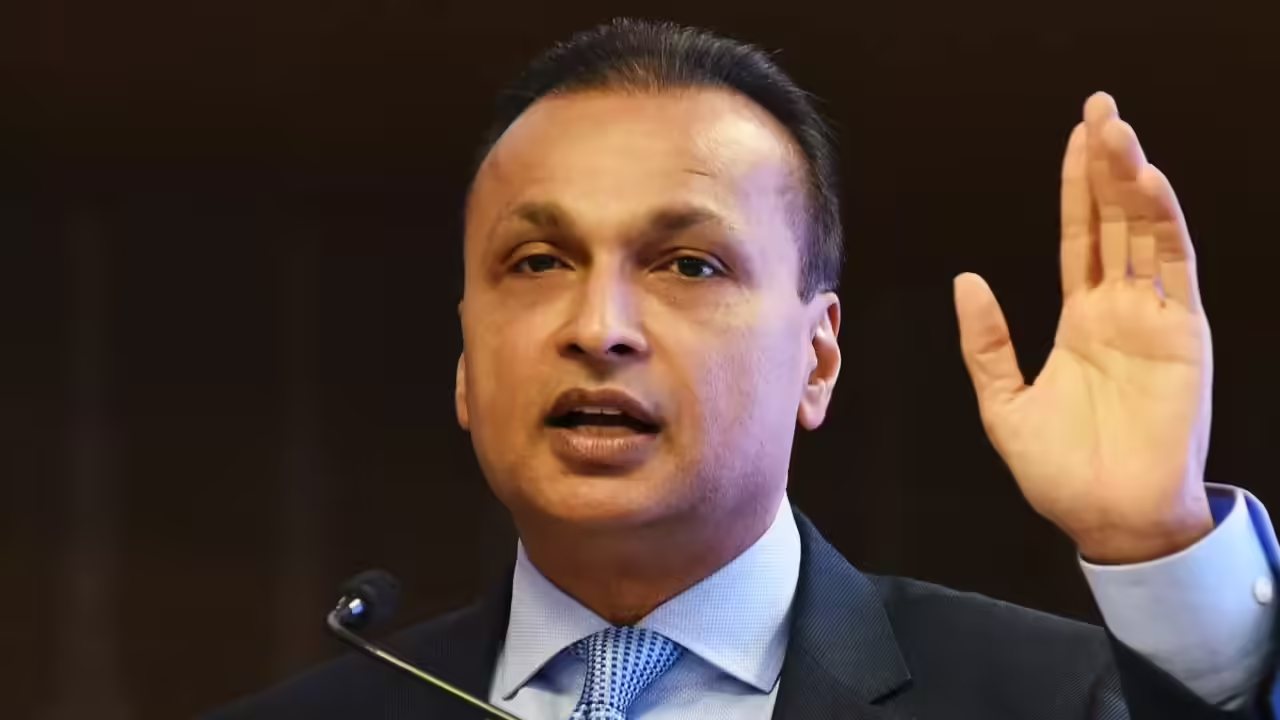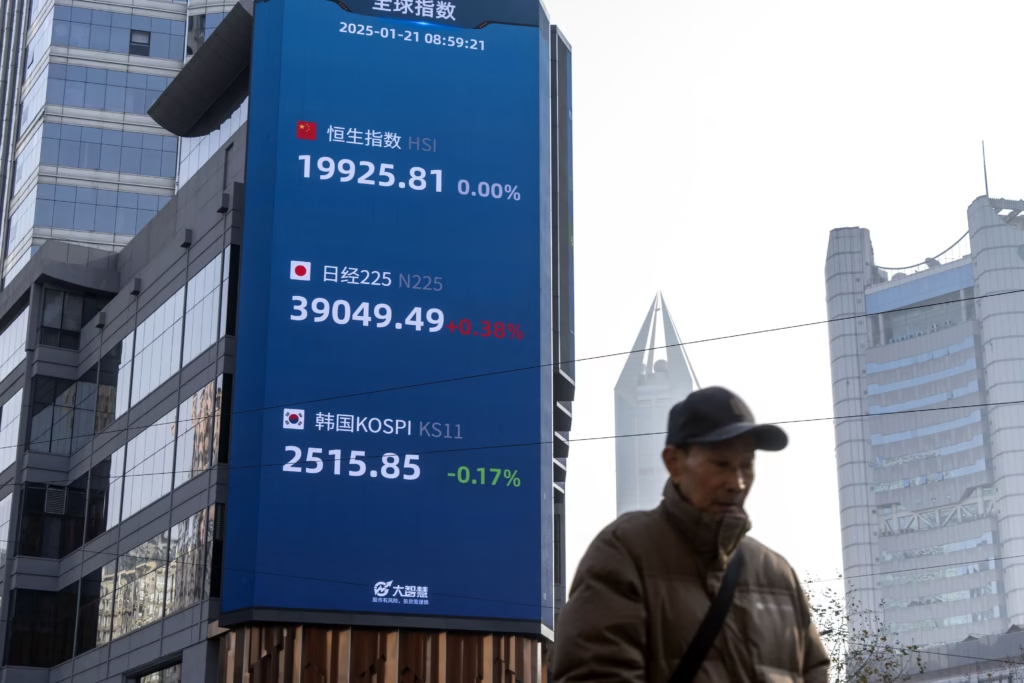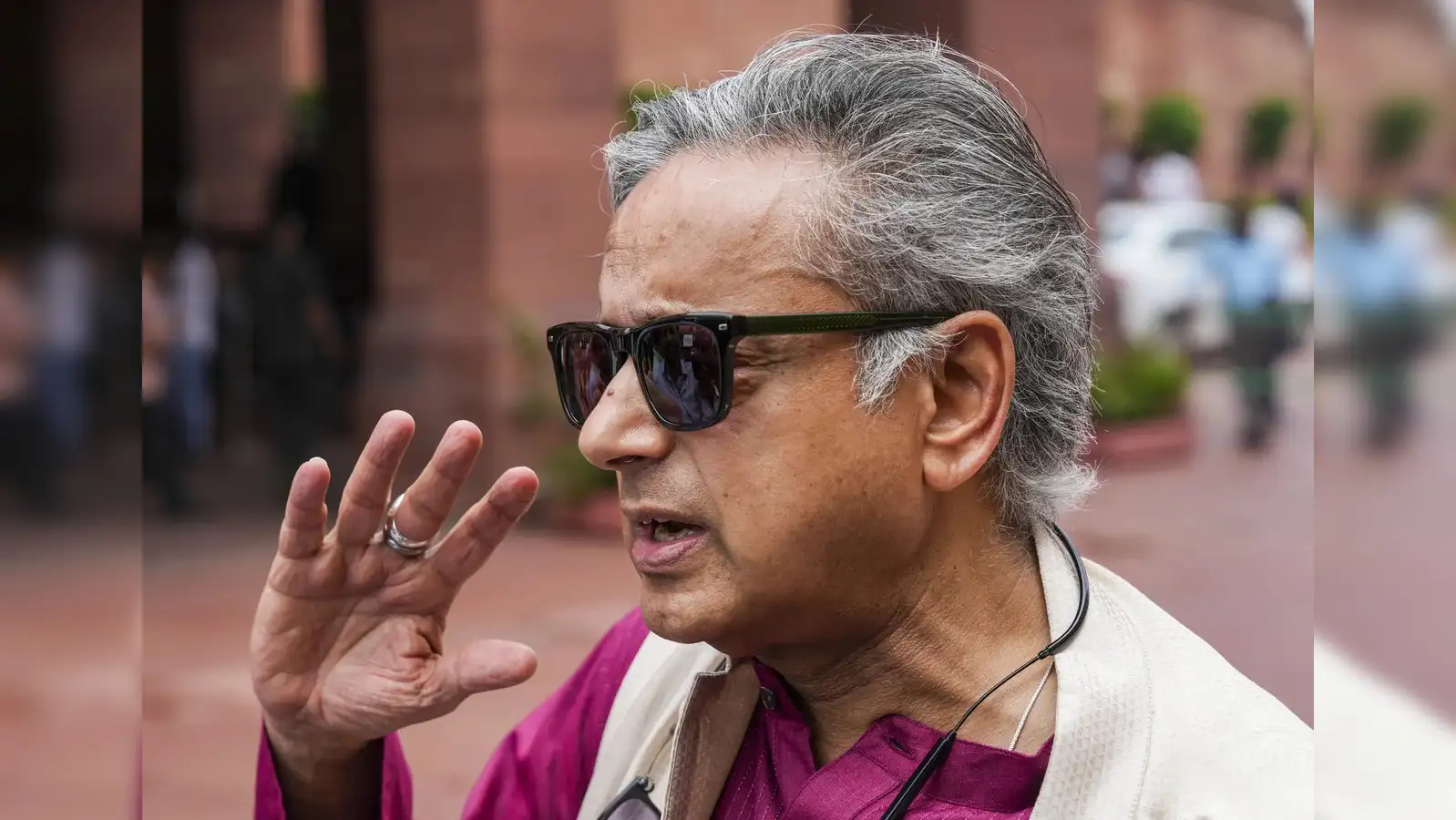Now Reading: ED Summons Anil Ambani Over Alleged ₹3,000 Crore Loan Diversion: What’s Going On?
-
01
ED Summons Anil Ambani Over Alleged ₹3,000 Crore Loan Diversion: What’s Going On?
ED Summons Anil Ambani Over Alleged ₹3,000 Crore Loan Diversion: What’s Going On?

Anil Ambani, once counted among India’s top industrialists, is back in the spotlight. The Enforcement Directorate (ED) has summoned him for questioning on August 5 in connection with a major loan diversion case involving around ₹3,000 crore. The case is linked to alleged financial irregularities tied to loans given to Reliance Group firms. As the investigation gains traction, questions about high-level corporate accountability are being raised again.
What Is the Case About?
The ED is probing whether loans taken by certain Reliance Group companies from Indian banks were misused or siphoned off for purposes other than stated. These loans were reportedly meant for business operations and debt servicing, but preliminary findings suggest possible diversion through layered transactions and shell firms.
The total amount under the scanner is around ₹3,000 crore. The financial trail has reportedly led investigators to question the end use of funds and the real beneficiaries behind certain entities involved.
Why Has Anil Ambani Been Called?
As the former head of Reliance ADA Group, Anil Ambani has been summoned to explain his role in loan-related decisions and financial operations of group companies. While he hasn’t been accused of wrongdoing at this stage, his statements are considered crucial in clarifying how funds were allocated, moved, or repurposed within the company structure.
The ED’s questioning is likely to focus on key transactions, company books, fund flow patterns, and whether there was any willful misrepresentation to lenders.
Implications for Banking and Business
This development highlights persistent concerns in India’s financial ecosystem—how large loans given to major corporates are monitored, and whether regulatory loopholes are being exploited. For public sector banks, which often lend to such companies, this raises fresh worries about loan recovery and due diligence.
For Tier 2 cities where smaller businesses and entrepreneurs already struggle to access credit, the news strikes a nerve. Many see such high-value loan cases as examples of uneven scrutiny—where big players secure large sums easily, while small businesses face red tape for modest funding.
A Recurring Theme in Indian Finance
This isn’t the first time a prominent business figure has faced scrutiny for alleged loan diversion. Over the last decade, the ED and other agencies have probed multiple corporate entities over non-performing assets, fraud, or misuse of public money. While investigations have gained visibility, conviction rates and actual recoveries remain limited, raising broader questions about regulatory enforcement.
What Happens Next?
Anil Ambani is expected to appear before the ED in Mumbai. His response could decide the next phase of the investigation—whether further notices are issued, or if the case escalates to formal charges. The ED will continue examining the money trail and financial documents linked to the group firms involved.
Conclusion
The summons to Anil Ambani signals yet another high-stakes probe into corporate financing in India. While the investigation is still unfolding, it brings attention to how massive loans are handled, the gaps in financial oversight, and the urgent need for accountability—especially in a country where economic inequalities run deep and trust in institutions remains fragile.
























